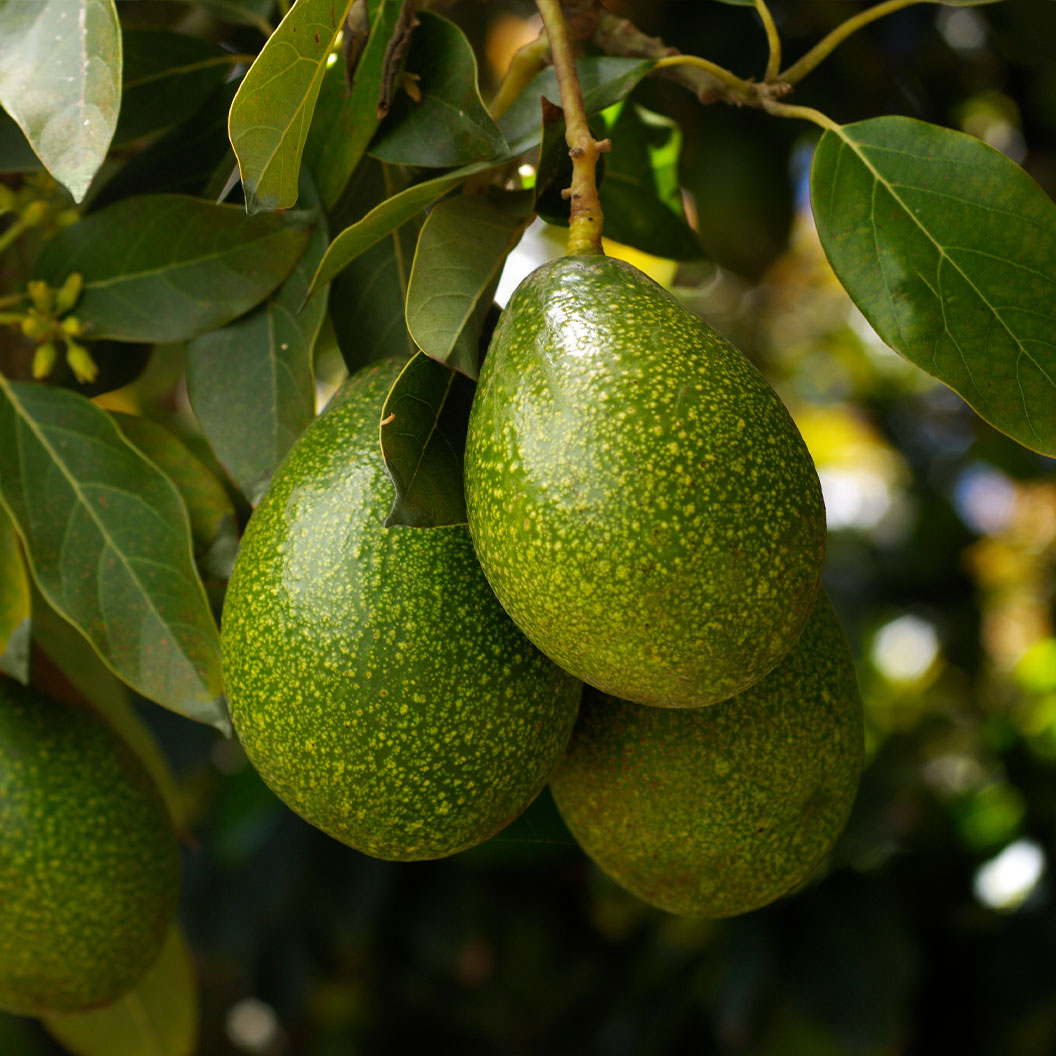Indulge in Homegrown, Early-Season Avocados
Renowned for producing some of the most sought-after avocados on the market, the Doni Avocado offers the ultimate satisfaction of harvesting your own delectable avocados right from the comfort of your own home.
This tree brings the avocado orchard experience right to your backyard or balcony. The Doni Avocado boasts high-quality flesh, reminiscent of the creamy texture that avocado enthusiasts crave. What's more, in warmer regions, it can bear fruit within just two years of planting.
Container-friendly and self-pollinating, the Doni Avocado is a gardener's dream—it's low maintenance, cold hardy, and disease-resistant, offering flexibility and ease of care. Its heavy fruit production means you'll be enjoying a bountiful harvest season after season.
Resembling a vibrant green papaya with its smooth, glossy skin, the Doni Avocado stands out in any garden or patio setting. As the avocado ripens, its thick skin becomes taut and shiny, indicating that it's ready to be enjoyed. And thanks to its early season, you can enjoy your fruits in May and June. Grow your Doni Avocado today and enjoy the delicious rewards year after year!
Planting & Care
1. Planting: Dig a hole approximately twice as wide as your Doni Avocado's root ball. Place the plant in the hole and ensure that it is situated upright, then backfill the soil around the root ball, tamp down to ensure air pockets are eliminated, and thoroughly soak with water as you fill in the dirt.
Adding a 2-3 inch layer of organic hardwood mulch is strongly recommended, which will help retain moisture and discourage weed growth.
2. Watering: Water twice a week for the first growing season; once established, rainwater will suffice. If you're concerned about your plant getting enough water, stick your finger 2-3 inches down into the soil. If it's dry, then it's time to water.
3. Pruning: To prune, as much dead wood as possible should be removed. V-type crotches, which are mechanically weak and prone to developing rots, should be eliminated. If the tree is planted outside, lower limbs should not be removed as the exposure can make the remaining limbs vulnerable to sunburn.
4. Fertilizing: Fertilize your avocado tree with aged compost or worm castings when planting. Once established, use a well-balanced citrus fertilizer twice a year. Do not add fertilizer while backfilling. Instead, apply compost or worm castings to the soil surface after planting.
5. Pollination:This tree is self-pollinating, so there is no need for an extra plants.




Comment